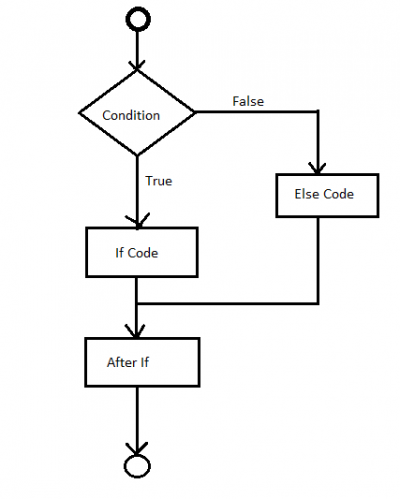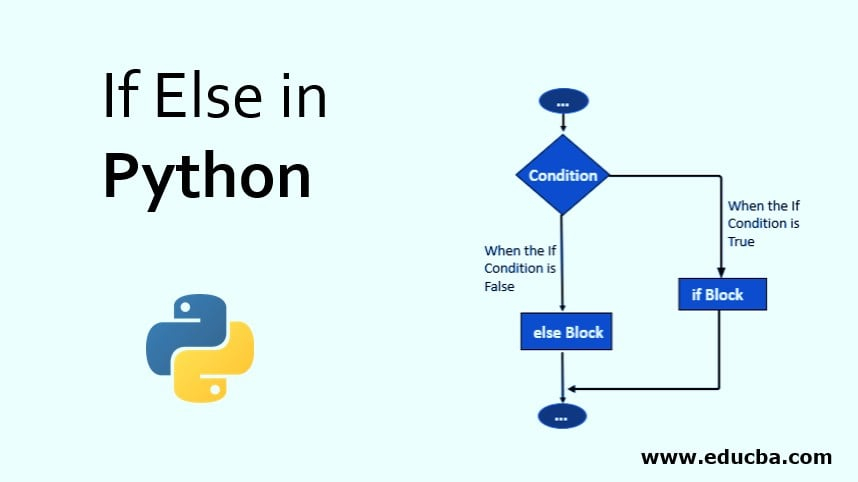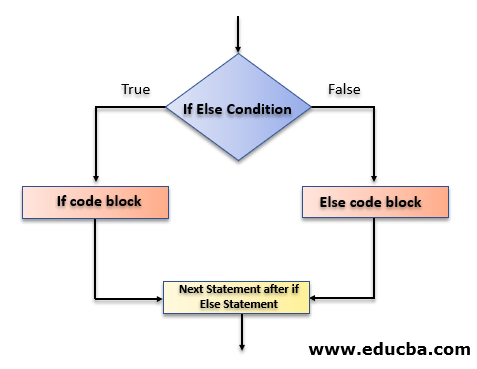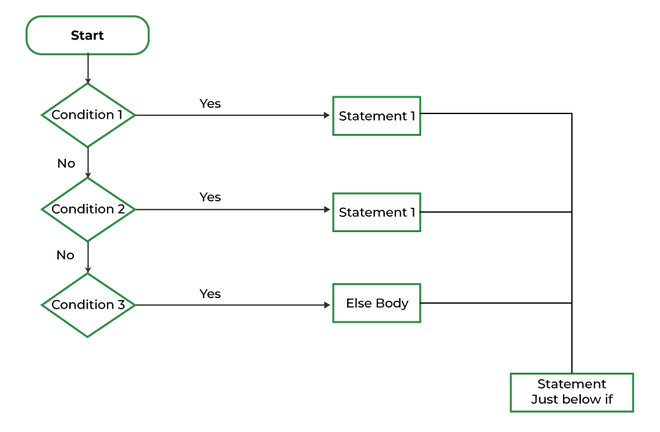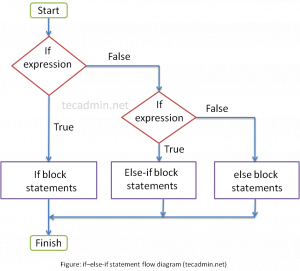An If Else statement is a fundamental concept in programming that allows you to make decisions based on certain conditions. It consists of an “if” condition, which is evaluated first, followed by an “else” condition that is executed if the initial condition is false. This logical structure is crucial for controlling the flow of a program and executing different sets of instructions based on varying conditions.
When creating a flowchart for an If Else statement, it typically begins with a decision box that represents the initial condition. If the condition is true, the flow follows one path, leading to a specific set of instructions. If the condition is false, the flow diverts to the “else” condition, triggering a different set of instructions. This visual representation simplifies the decision-making process and enhances the readability of the code.
Flow Chart Of If Else Statement
Creating a Flow Chart for an If Else Statement
To create a flow chart for an If Else statement, start by defining the initial condition in a decision box. Next, draw arrows to represent the two possible outcomes: one for when the condition is true and another for when it is false. Connect each outcome to the corresponding set of instructions using process boxes, which detail the actions to be taken based on the condition’s evaluation.
It is essential to maintain a clear and logical flow in the flow chart, ensuring that each step leads to the next in a coherent manner. Use standard flowchart symbols, such as decision boxes, process boxes, and arrows, to depict the If Else statement accurately and comprehensively. By following these guidelines, you can create an informative and visually appealing flow chart that effectively communicates the decision-making process in your code.
Benefits of Using a Flow Chart for If Else Statements
Utilizing a flow chart for If Else statements offers several benefits, including improved clarity and understanding of the decision-making process. By visualizing the logical flow of the code, developers can easily identify potential errors or inefficiencies in their algorithms. Additionally, flow charts facilitate communication among team members by presenting complex concepts in a structured and accessible format.
Furthermore, flow charts enhance the scalability and maintainability of code by providing a roadmap for future modifications or updates. When revisiting a program, developers can refer to the flow chart to quickly grasp the logic behind the If Else statements and make informed decisions about necessary changes. Overall, incorporating flow charts into your programming workflow can streamline the development process and enhance the quality of your code.
By following these guidelines, you can create an informative and visually appealing flow chart that effectively communicates the decision-making process in your code.
Download Flow Chart Of If Else Statement
Python If Else Flow Chart My XXX Hot Girl
If Else Statement Flow Chart If Else Flow Chart
If Else Statement Flow Chart If Else Flow Chart
Flow Chart If Else Codeforwin If Else Statement In C Flowchart Example
